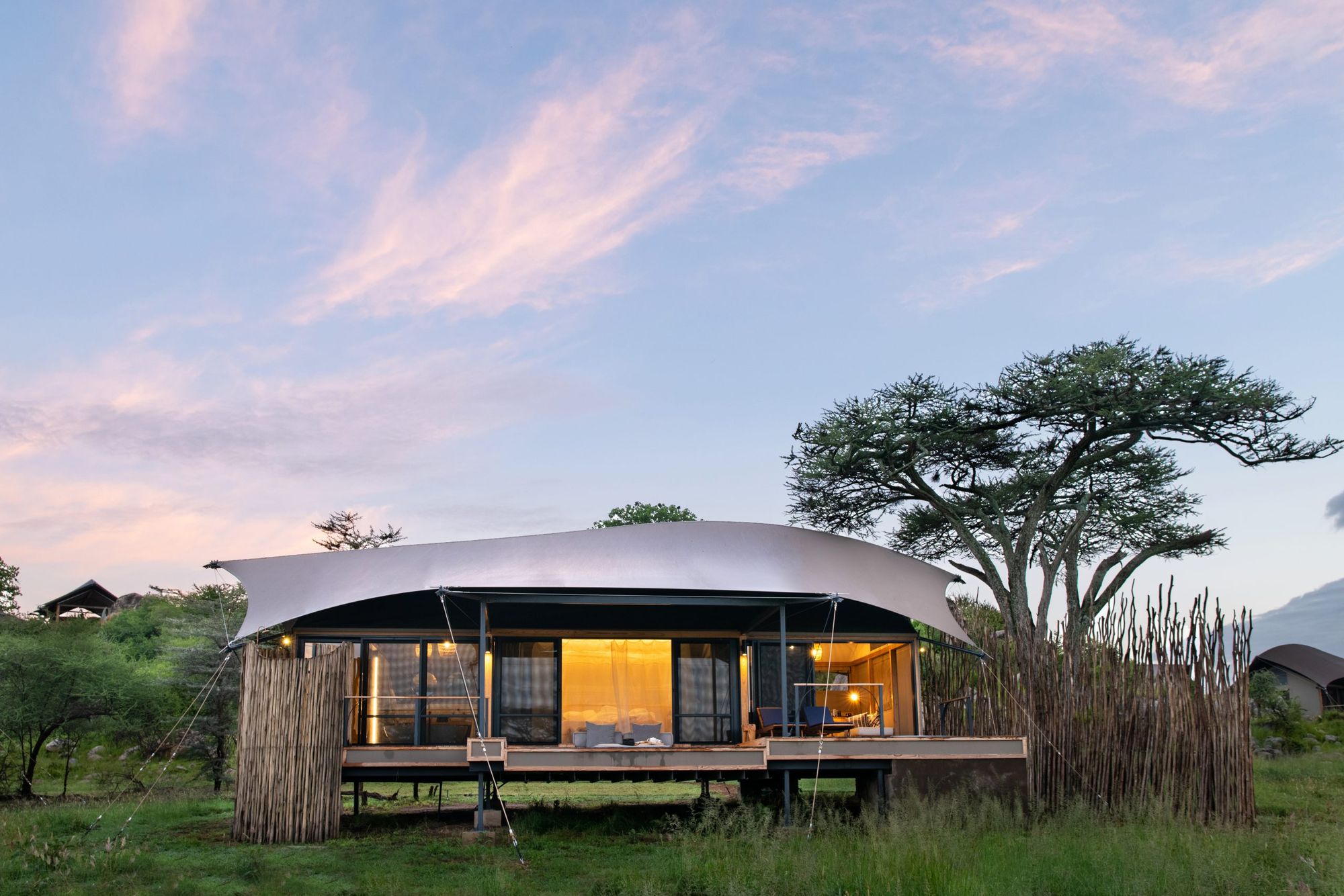
An unexpected discovery in the Eastern Serengeti, my second two nights in a remarkable place
Dear Reader: I am doing a series on four properties which are managed by Lemala, each of which I was able to stay in during a little over a week in the Serengeti and beyond. I'm sharing what I saw, where I stayed and both what it's like to be out here and why I am a fan of this company. I do not work for them. Please note: all Lemala photographs used with permission. Mine aren't nearly this good.
The canvas tent above is where I stayed at Nanyukie. Before you throw your laptop at me, please. This is roughing it in style. It is, after all, just a tent.
Okay, okay, okay. What a tent, right? But I'm ahead of myself.
The morning of my second day in the Serengeti, my E-Trip Africa guide Alladin and I headed back out into the world with the dew still on it. Early in the morning, whatever happened the night before becomes clear, as hyenas and vultures are fine-tuning the carcasses of the night's hunt where the predators left the bones.
Even better, this storied land of cats, so prevalent that researchers come here to study them, means that on any drive you are highly likely to pass a pride lazing in the early dawn, bellies distended, sleeping the sleep of the deeply contented.
Off in the distance you are also likely to see the swiveling heads of the hyenas, wisely waiting their turn at what's left. Nearby on the acacia trees, the vultures and Maribou storks, the undertaker bird, gather in the branches.
In fact, the loaded branches of dead trees decorated with many of these heavy, patient birds are among the best visual indicators that a kill is nearby.
One of the best parts of a point-to-point trip in this part of Tanzania is that from morning to night, it's a constant game drive. Because of where you're staying, the game is everywhere, seen and unseen, most certainly noticing you and me.
While that might be disconcerting, it is after all, Nature. She is why we are out here, and we are here to enjoy Her in all Her glory, which can at times be gory. However, a wildebeest dies so that lion cubs can live.
A geographical characteristic of this part of the world, kopjes, or coppies, are scattered all over the landscape. They rise suddenly in the oceans of grass, their oddly-shaped but distinctive rocks providing shade, cover and plenty of nourishment for trees and bushes. Here is where many of the big cats sleep off their meals, lying on the warm rock, or lazing in the shade.
Not a good place to picnic if you're a human. Unless you'd like to be the picnic, that is. We had with us two hand-woven lunch boxes, courtesy the Ewanjan Camp, where we'd spent the previous night. Finding a safe place to eat for humans means keeping a sharp eye out for predators who might also like the shade. As an aside, the boxes are part of Lemala's commitment to sustainability. No plastic, including straws. Our straws were wood, and had been craftily engaged to secure the lunchbox tops.
Years ago I was in the Tahuayo Region of the Amazon with a local guide. In a matter of a few moments, I watched her strip the leaves off a local plant, weave them into a small backpack, which she had me slip over my shoulders. It's not just that I was mightily impressed. It's that in our hurry to make things, we forget that we suck up endless resources in order to create more trash and junk manufacturing items, and then we throw them away.
In one gesture my guide had demonstrated how to create a backpack for short-term use, an item which, when discarded, simply becomes a natural part of the forest floor. These lunchboxes are precisely the same thing. Better yet, their production creates local jobs.
You will forgive me for being impressed. I was, but there was a lot more.
Alladin, who is an engineer by training and whose company I thoroughly enjoy, kept up a running account of what we were seeing. As we ventured out from Ewanjan Camp, we passed a line of zebra.
Let me rephrase that, and put it into context. Eight hundred and fifty thousand zebras, which is a dazzling dazzle of these animals, give or take a few, make the annual migration alongside the wildebeest each year. A number is only a number until you are facing a steady river of painted ponies, if you will, marching nose-to-tail in what rivals anything as one of the greatest shows on earth.
We had reached a crossing. Theirs, actually. We stopped, so I stood up in the Toyota and tried to take in what I was seeing. In both directions, as far as the eye could see, in single file for safety, were zebras. They zigged and zagged, only slowing down or stopping if a car needed to move through their line, or if an animal was spooked.
The line wandered off over the hills, then disappeared beyond the horizon in both directions. The inevitability of life. Alladin explained that the zebra's February and March foals were now just strong enough to make the journey. Their need to rest would no longer be so tolerated, for they had to build the strength, as did the wildebeest, to cross the mighty Mara River in Kenya. What the waters don't wash away, the crocs can kill.
That river would decided the fate of many a young animal. Migrations build strength. A fast-moving, hippo- and croc-filled river is unrelenting and unforgiving. I crossed the Mara River by horse twice in early 2020 and can speak first-hand about what it takes to cross safely.
I thought about that as I watched the foals clamber to keep up with Mom.
Giddyup, I thought, not unkindly.
By late afternoon, we had driven a long, long way, and were heading up a steady hill marked by some kind of nodding, sun-tracking purplish flowers on bushes. Nanyukie Tented Camp is truly isolated, which is one of its better characteristics. As we climbed the curving road I spotted a massive herd of water buffalo dotting the hills in the distance.
Eventually we saw several signs pointing the way. The second one featured two spear-wielding Maasai men who greeted us.
One of the commitments Lemala has is to employment. Maasai warriors are hired to ensure the safety of all guests, which means that you and I, out of both courtesy and necessity, are walked to and from our rooms with a warrior present.
Lions and leopards live here. That's no joke. One of the most fundamental rules about being out in the bush is to never break the profile of your vehicle, or you're seen as lunch meat. Admittedly that can make having to relieve yourself take on whole new meaning, but at least at Lemala camps you're guaranteed protection until you can get to your room.
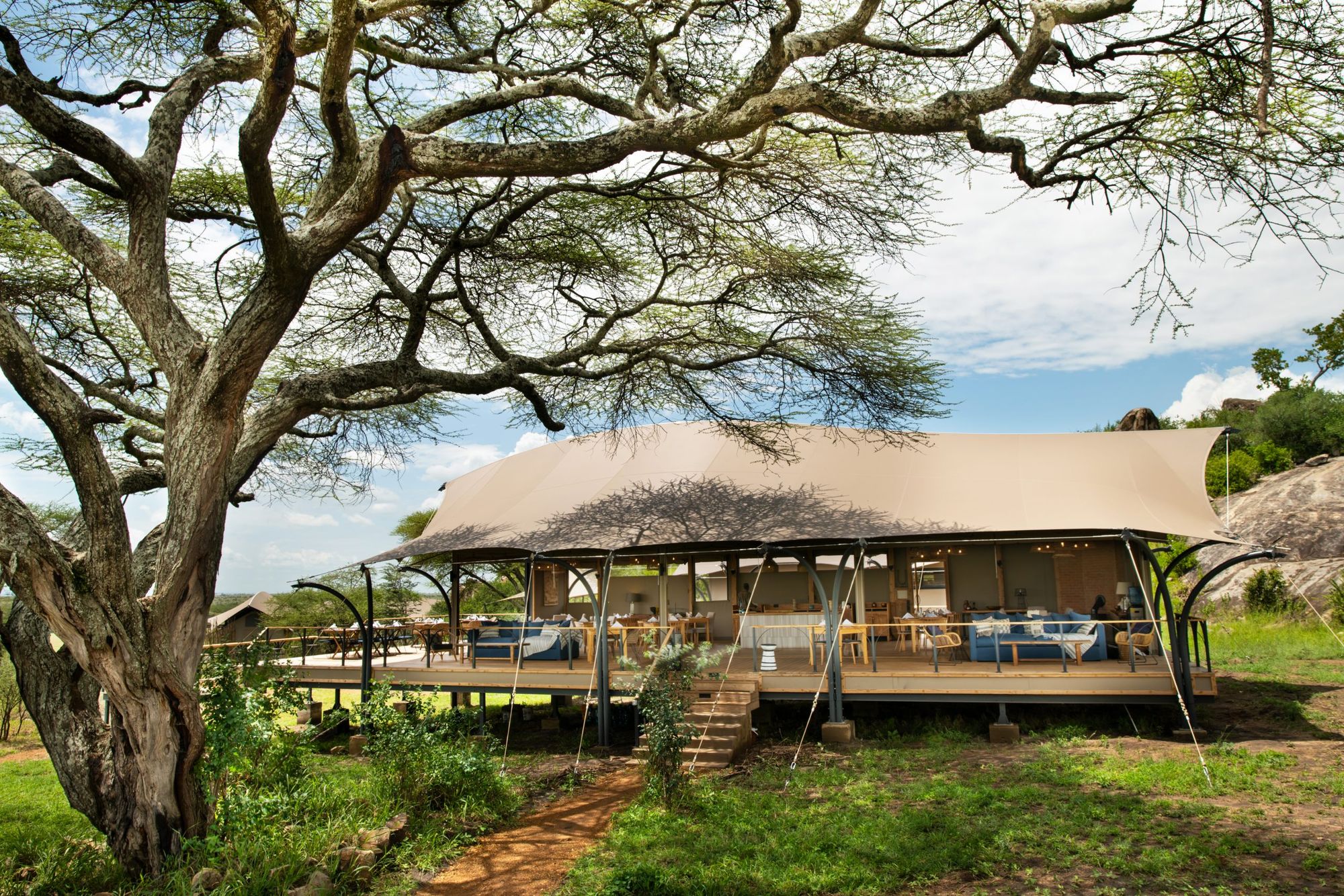
Alladin pulled into the kopje, and moments later he let me out to be greeted at a gorgeous tented reception area. There, Goodluck hailed me by name. Alladin and I were both offered cold, wet, scented washcloths handed to us by tongs, with which to wipe away the day's sweat and heat. I was beginning to get used to that.
Another couple and I were led to a wide-open bar area where Goodluck gave us the opening spiel, which set the stage for how Lemala operates in the wild. No plastic bottles, for example, but Lemala has invested in a self-contained water system which ensures that no water has to be trucked in. Safe to drink, Goodluck emphasized. The open reception area right behind us held a gift shop, as well.
Here I want to take an aside and point out something important. As a journalist who spends time in Tanzania and who likes to write about good news stories, In noticed that the shop is stocked with items made at Shanga House in Arusha. Shanga has gainfully trained and employed a good number of disabled Tanzanians who make gorgeous weavings, blown glass and jewelry, among other things. Items purchased by Lemala and then by you and me go directly towards providing education, housing, food and a decent life for those folks.
This may strike you as a minor detail, but Lemala properties has a number of camps, and the visibility and accessibility of Shanga items to tourists who otherwise might never visit their shop in Arusha is a huge advantage in terms of sales.
Before I show you where I spent the next two nights, please consider reading this from the Lemala website:
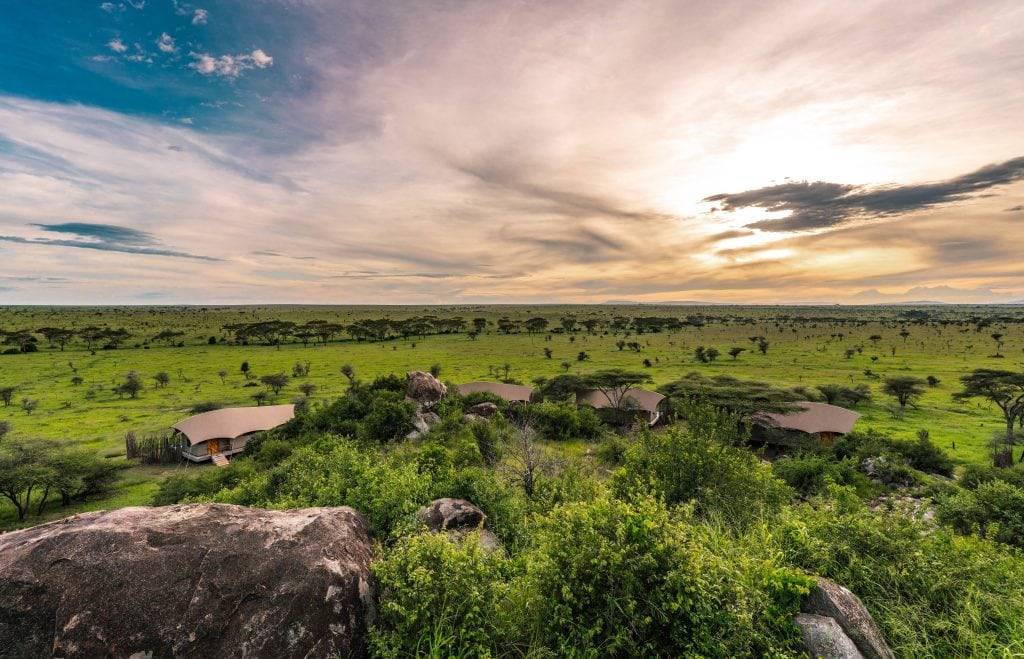
You could legitimately argue about how luxurious and lavish these sites are. However, I would argue that conservation leadership has to begin with top-quality sites where the standards are set. Luxury does not have to come at a cost, but for the future of Africa and tourism, it must add value to both the environment and the communities which are affected by tourism.
When sites like Lemala are successful, other organizations pay attention. With more and more tourists demanding that their adventure investment adds value locally as well as works to reduce impact, the tourism industry is seeing an important sea change taking place.
While I might be more at home in most cases in a very modest tent in the bush, staying at Nanyukie (and all the sites) was a revelation. When you see how the communities benefit from the site, who is employed, the investments made in the people and most especially the women, you realize that our dollars and euros spent here do a lot of work.
If that matters to you, and you, as I have, eschewed luxury out of the belief that it's a waste, I beg to differ. That is, in fact, part of why I am writing about Lemala. For the more we learn about who is working hard to do the right thing, then the more you and I as tourists can make educated choices about where to stay, and why.
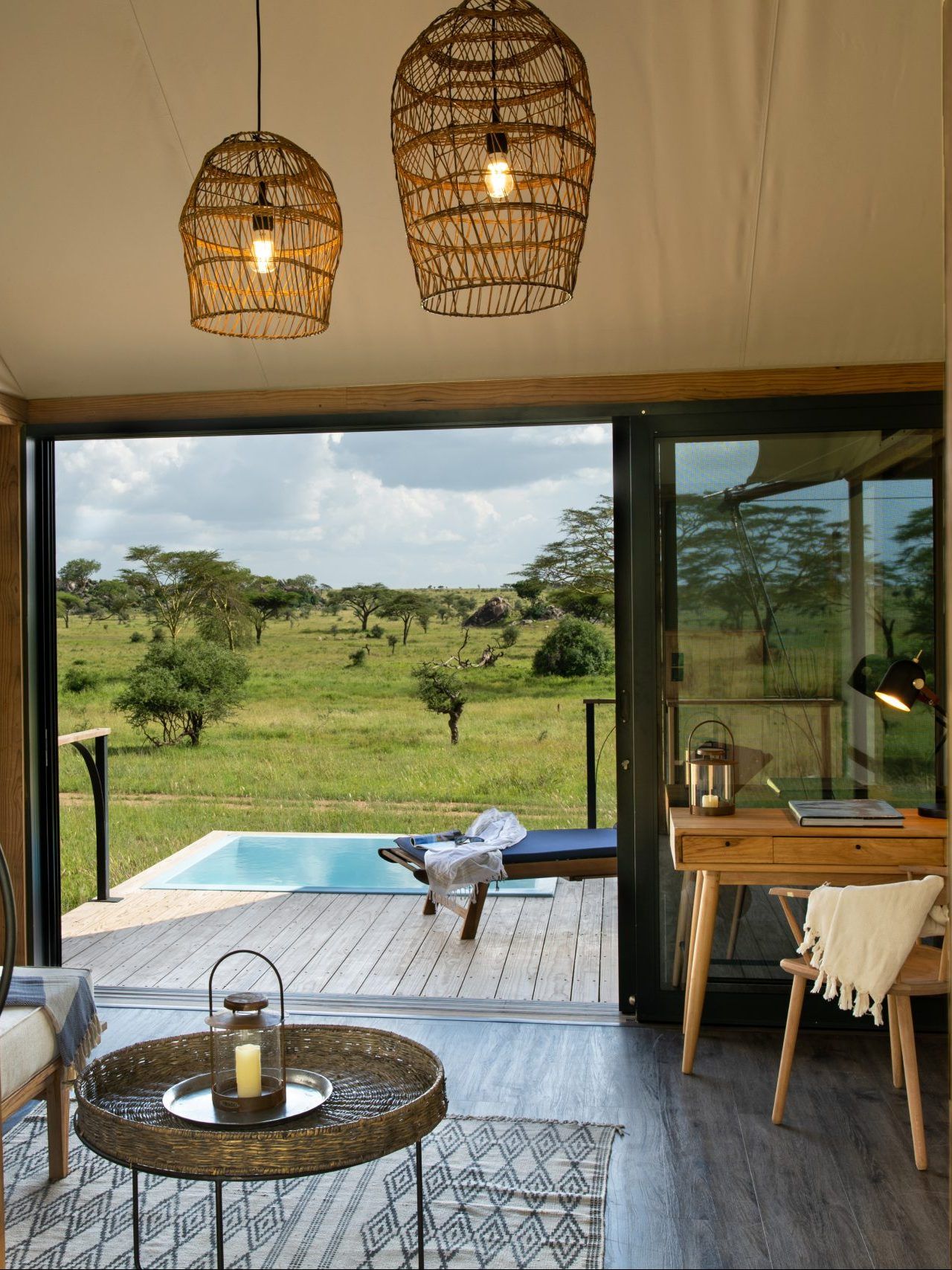
It's hard to describe what it's like walking into a room like this, where a great wide bed with acres of white netting centers you, and off your deck a bright turquoise pool beckons. Your personal pool, thank you.
It's a characteristic of these properties to make the most of what you showed up to see. And, to ensure that when you arrive, tired and sweaty, that there are lots of options for you to clean off, get comfortable (including slippers and white bathrobes) so that you can enjoy whoever happens to saunter by and gaze in at their new neighbor.
When I visited the Selous camp in southern Tanzania in 2013, one of the most memorable aspects of that camp was the fact that my shower opened up to the night sky. Here, it was a very different experience. If you revisit the photo of my tent at the top, you'll see off to the left a walled-off area which is contained by vertical sticks. That's the outdoor shower. Yes, I took an outside shower, with the splashes of warm water glinting like diamonds in the bright late afternoon sunshine.
Yeah, I didn't want to leave, either.
I also indulged in the bathtub, which was so big you nearly needed scuba gear. In fact I used both several times because I just had to sample them several times over.
The next day Alladin and I drove the area, often finding lions after the night's feast. Most of the guides share a radio channel so that they can report sightings of interest. That way, tourists suffering from FOMO (Fear of Missing Out) can be calmed, knowing that the guide will do their level best to deliver them where the best photos and experiences are taking place.
Of course, any time you see a line of tourist vehicles stopped, that's a giveway. Also, when vehicles pass, the guides often exchange updates and locations. It's not just a courtesy, it ensures that everyone earns a good living. Happy clients tip well, and the more wildlife we get to see, the happier we are to tip.
That, however, is not always possible, as Nature decides what she shows us, how and when. That said, landing in the Serengeti is about the best guarantee for sightings, to say nothing of the accommodations inside the kopje.
I fell into bed deeply gratified, the ceiling fan overhead creating a lovely breeze and was dead to the world by the next morning. Over in the open bar, there was laughter, and a fire pit where everyone was sharing the day's adventures.
My second morning was punctuated by a neighborly giraffe who was calmly trimming the verge, as it were, when I wandered out onto my deck to greet the dawn.
I could still see her from the deck of the open dining room, which was a lovely reminder that while there, you and I are the guests in more ways than one.
After a sumptuous breakfast, Alladin and I were loaded up with more customized, woven lunchboxes, several special bottles full of ice cold water, bidden a fond farewell and thanked profusely for our time in Nanyukie.
Truth, as much as I looked forward to the next stop in our journey, it was very hard to leave. But there was more to see, and we were headed to famed Ngorngoro Crater.
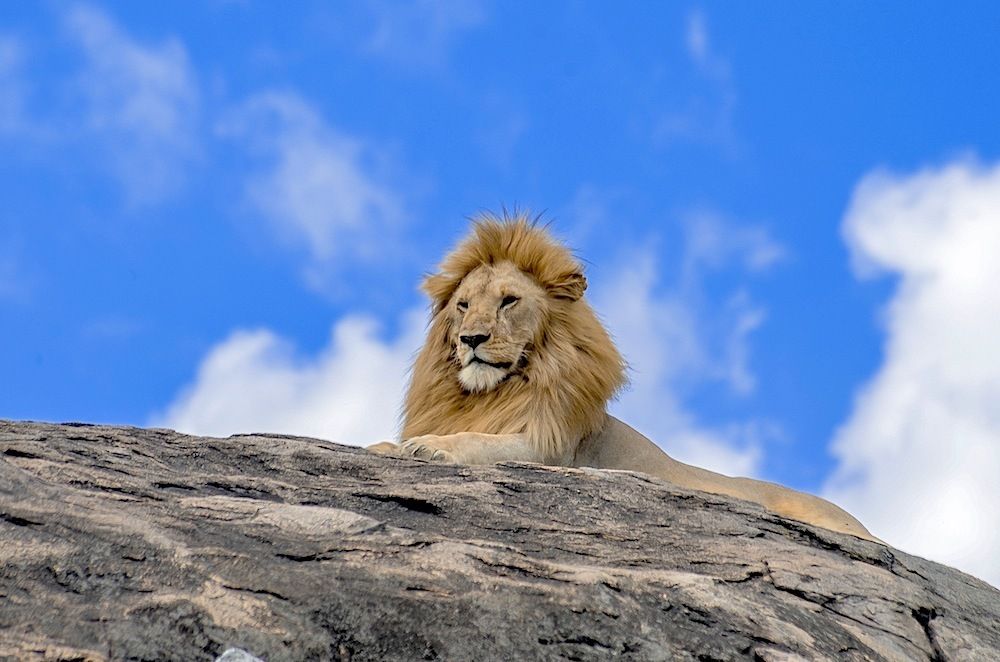

Comments powered by Talkyard.